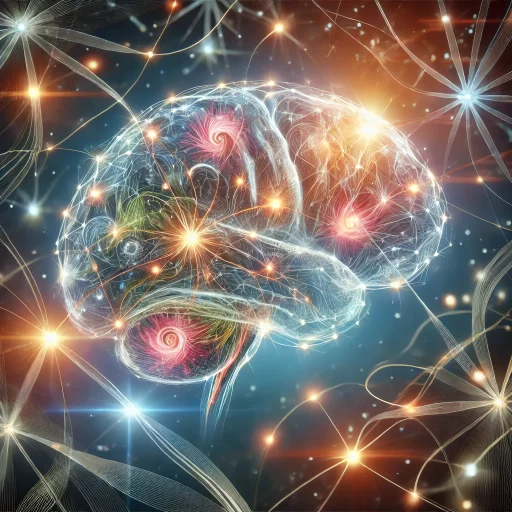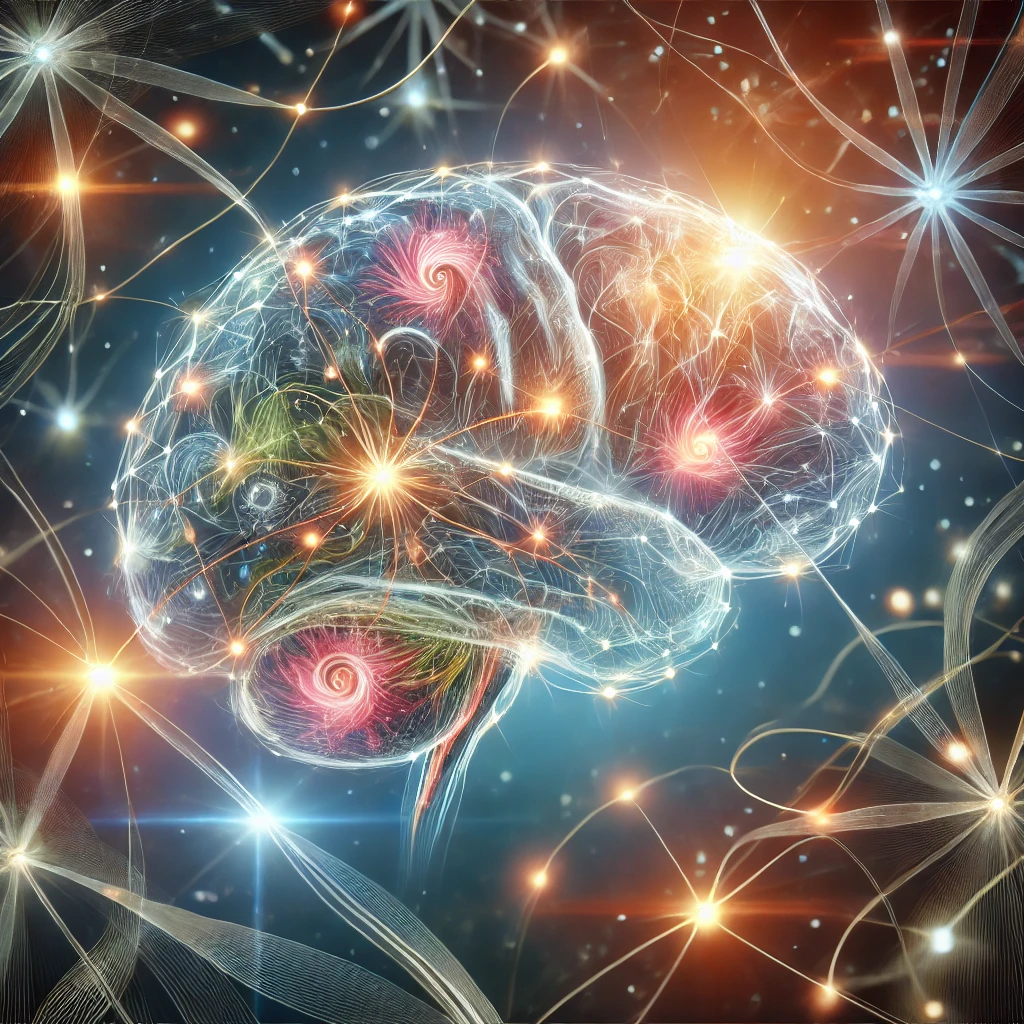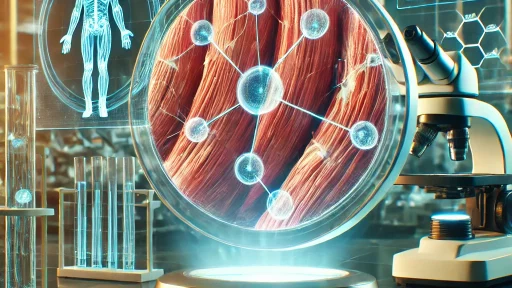The Brain’s Traffic Control System
Imagine your brain as a city buzzing with activity. Neurons, the cars on its roads, zip around delivering messages. To avoid chaos, the brain uses inhibitory synapses—akin to traffic lights—to regulate the flow of information. Researchers at the Queensland Brain Institute have uncovered how these ‘traffic lights’ adapt when we learn something new.
Learning Rewires ‘Stop’ Signals
When we learn, the ‘go’ signals (excitatory synapses) in the brain strengthen to enhance communication. But this isn’t the full story. The study found that inhibitory synapses—those responsible for telling neurons to slow down or stop—also adapt. They grow in size and modify their structure, ensuring a fine-tuned balance between excitement and inhibition in the brain. This balance is critical for clear thinking and effective learning.
Keeping Brain Activity in Check
Maintaining the right balance between ‘go’ and ‘stop’ signals is essential for brain health. When this equilibrium is disrupted, conditions like epilepsy or cognitive disorders can emerge. Understanding how inhibitory synapses change during learning provides insights that could lead to innovative treatments for these neurological challenges.
A Path to Better Brain Health
This research underscores the brain’s remarkable plasticity—its ability to adapt and reorganize itself. By focusing on the interplay between excitatory and inhibitory signals, scientists can gain a more holistic view of learning and memory. These findings could inspire new therapies to enhance learning or manage brain disorders, opening doors to a better understanding of how our brains work.





